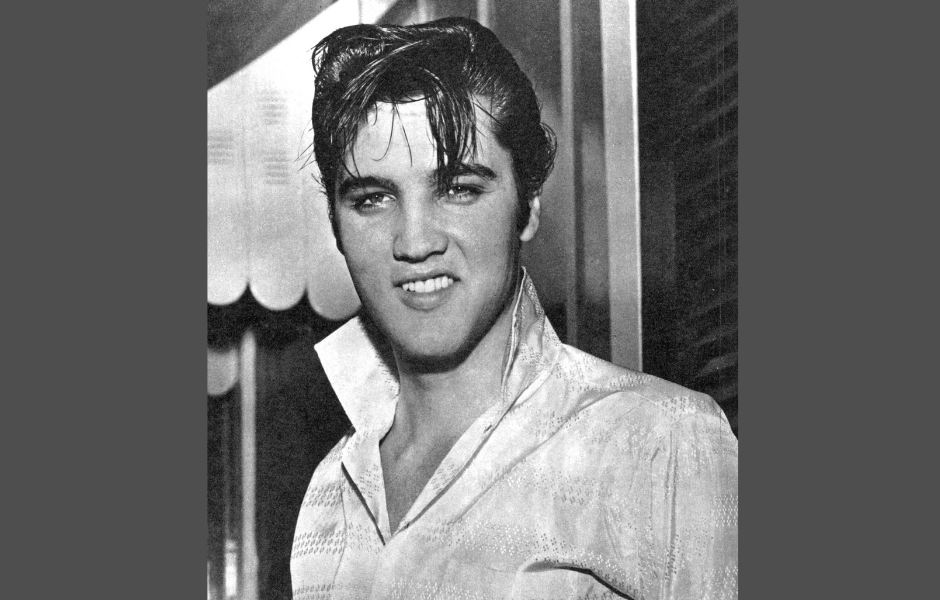
This children’s article, The Grand Egyptian Museum: Egypt’s amazing new home of history, has been written for native English speakers and learners of English as a second or foreign language. It can help children build vocabulary, learn about ancient Egypt, and discover one of the world’s newest and most spectacular museums. Written by Mark Pulley, a teacher and writer who creates fun and informative news articles for English learners.
A museum like no other
A brand new museum has opened in Egypt, and it’s already being called one of the greatest museums in the world. The Grand Egyptian Museum, or GEM, holds around 100,000 artefacts that tell the story of Egypt’s long and fascinating history. It covers about 7,000 years, from before the time of the pharaohs all the way to the Greek and Roman eras.
The museum stands beside the Great Pyramid of Giza, one of the Seven Wonders of the Ancient World. Its design fits beautifully with the desert surroundings, a huge pyramid-shaped entrance made from pale stone and glass. The building is massive too, roughly the same size as 70 football pitches, and it took around 20 years to complete.
Ancient treasures on display
Inside the museum are some of the most famous treasures ever discovered. For the first time, the entire tomb of Pharaoh Tutankhamun is on show, including his dazzling gold mask, royal throne, and chariots. A 3,200-year-old obelisk from Pharaoh Ramesses II appears to float in mid-air, while his enormous 11-metre statue welcomes visitors at the entrance.
There’s also a new display for the 4,500-year-old funerary boat of Khufu, one of the oldest wooden ships ever found. A grand staircase inside the museum is lined with statues of Egyptian kings and queens, and an upper gallery window gives a perfect view of the pyramids outside.
A celebration for the world
The opening of the GEM was celebrated with fireworks, music, and a dazzling light show. Leaders and royal guests from all over the world gathered in Cairo to see the event. Egypt’s president said the museum marked “a new chapter” in Egypt’s story, a proud moment for a country famous for its ancient civilisation.
It’s hoped that the new museum will attract millions of visitors every year and boost tourism in Egypt. It also shows that while Egypt’s history is thousands of years old, the country is still full of creativity, energy, and pride today.
Keeping history alive
The Grand Egyptian Museum isn’t just about the past; it’s about protecting history for the future. With modern technology and careful conservation, the museum will help keep Egypt’s treasures safe for generations to come. It’s a place where history, science, and art all come together, and where young visitors can stand face to face with the wonders of the ancient world.
If you want you read more about the wonders of ancient Egypt, check out our article about what’s inside the pyramids.

Article vocabulary list
- Pharaoh – An ancient Egyptian king or ruler.
- Artefact – An object made by humans, usually from long ago.
- Obelisk – A tall, four-sided stone monument with a pyramid-shaped top.
- Civilisation – A group of people who have developed cities, writing, and culture.
- Dynasty – A series of rulers from the same family line.
- Throne – The special chair where a king or queen sits.
- Hieroglyphs – The picture writing used by ancient Egyptians.
- Tourism – The business of attracting people to visit a country.
Comprehension questions
Just click the plus (+) to see the answer
1. Where is the Grand Egyptian Museum located?
A) In Cairo city centre
B) On the River Nile
C) Next to the Pyramids of Giza
Answer: C) Next to the Pyramids of Giza
2. How long did it take to build the museum?
A) Around 10 years
B) Around 20 years
C) Around 5 years
Answer: B) Around 20 years
3. Which pharaoh’s treasures are displayed in full for the first time?
A) Cleopatra
B) Tutankhamun
C) Ramesses II
Answer: B) Tutankhamun
4. What is special about the museum’s staircase?
A) It is made from gold
B) It leads to a secret tomb
C) It is lined with statues of ancient rulers
Answer: C) It is lined with statues of ancient rulers
5. What do officials hope the new museum will do?
A) Help attract more tourists
B) Train new archaeologists
C) Build new pyramids
Answer: A) Help attract more tourists

Mark is a writer and EFL teacher from England with eight years’ experience. He’s passionate about travel, sport (especially football), animals, nature, and history, and enjoys helping children explore the world through language and learning.




